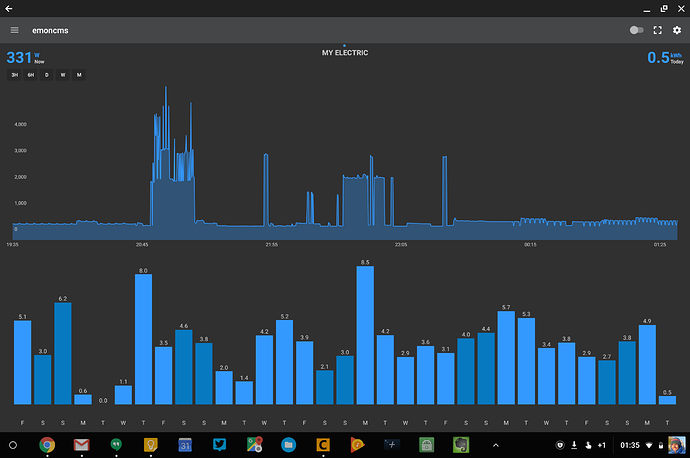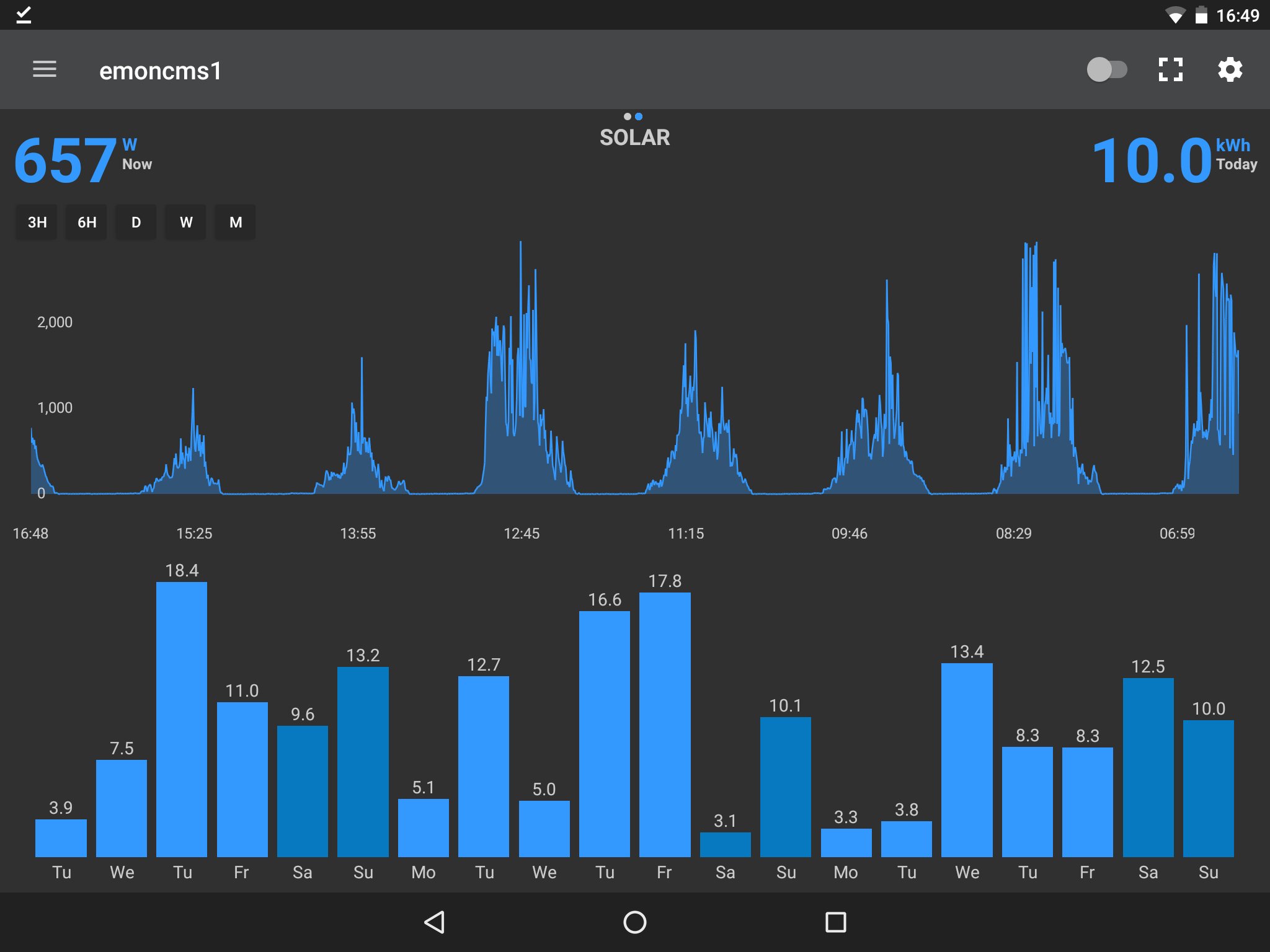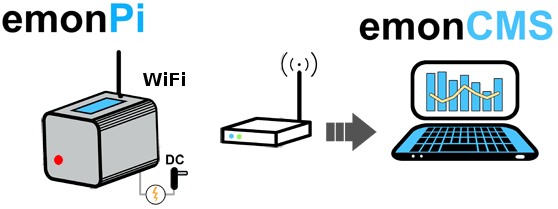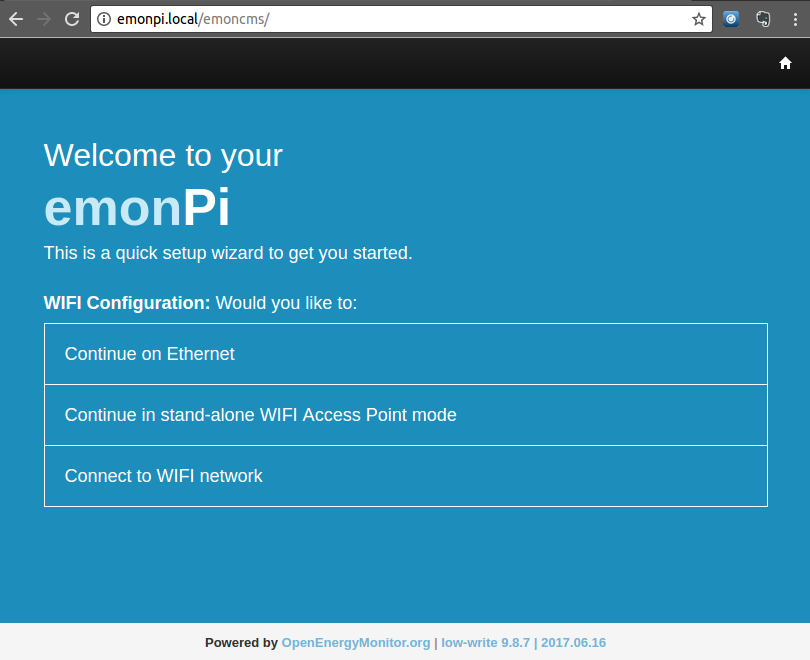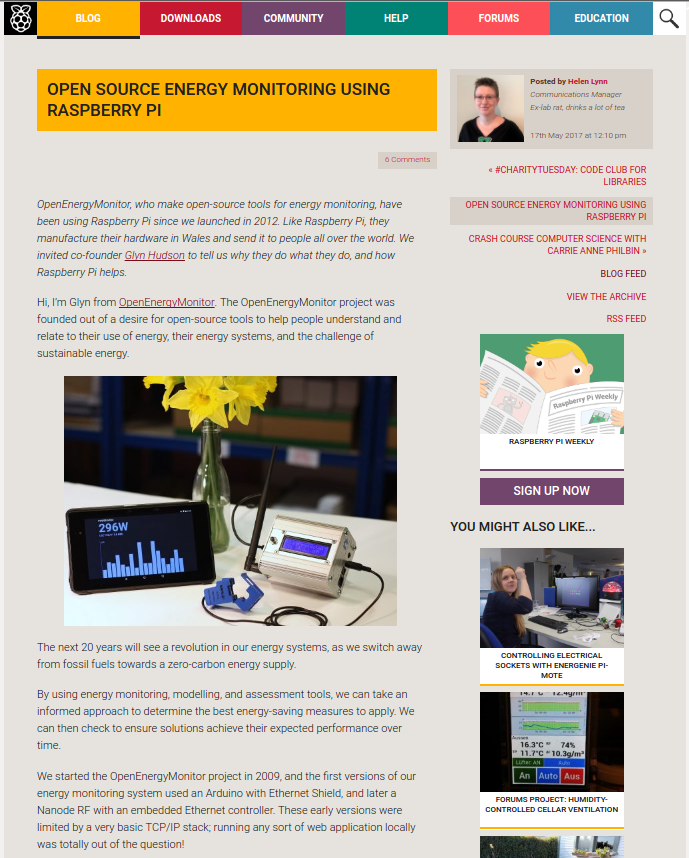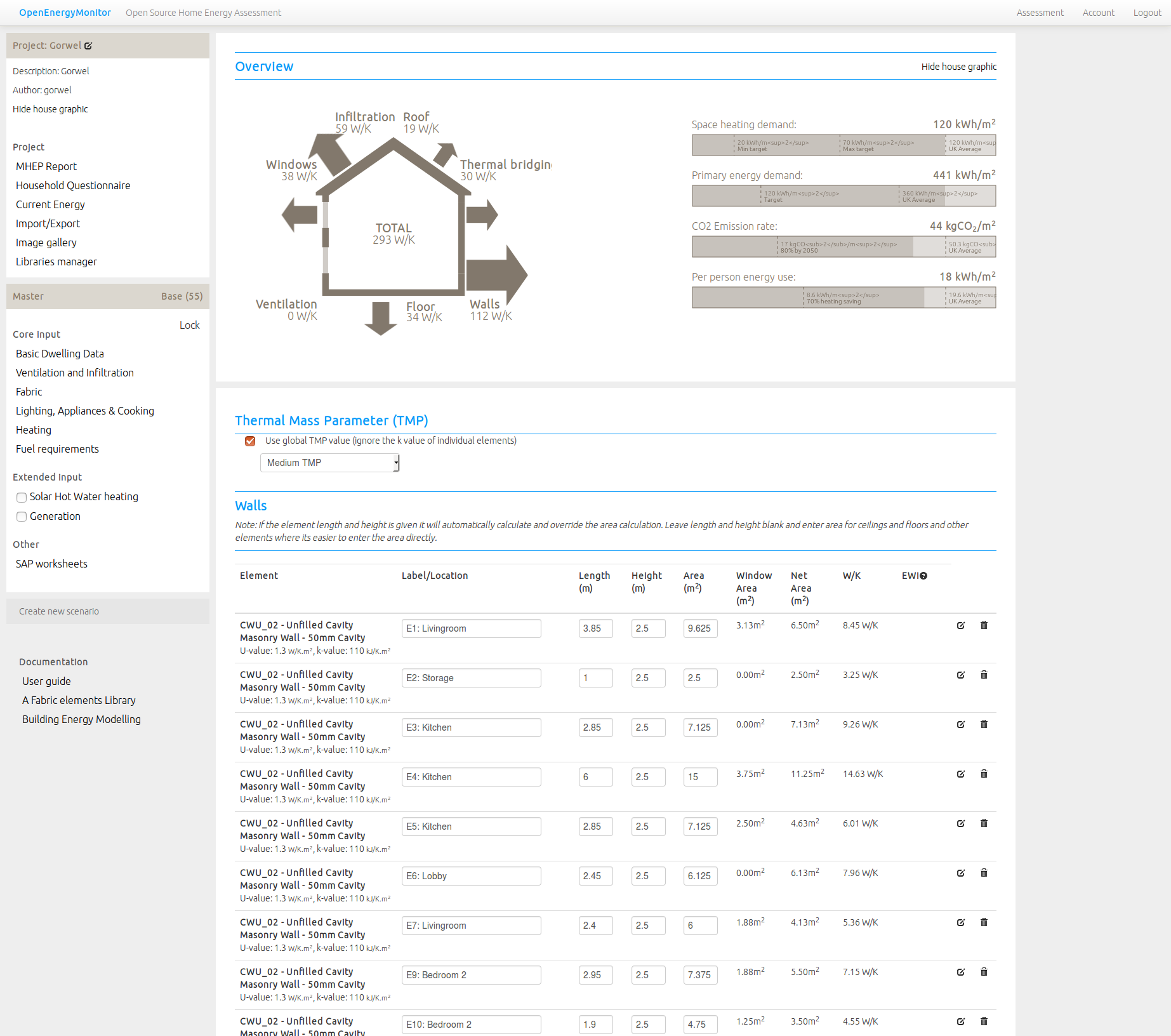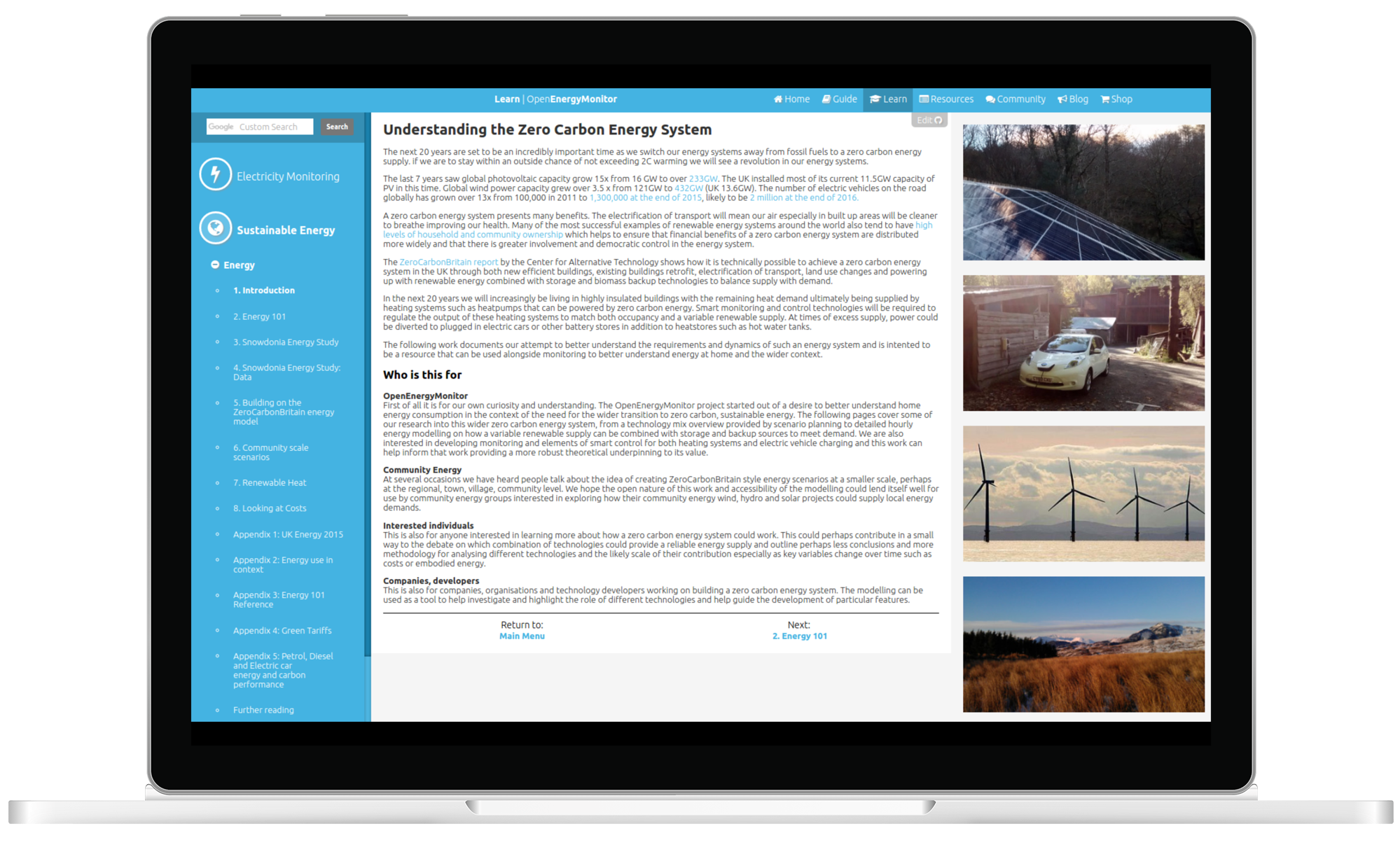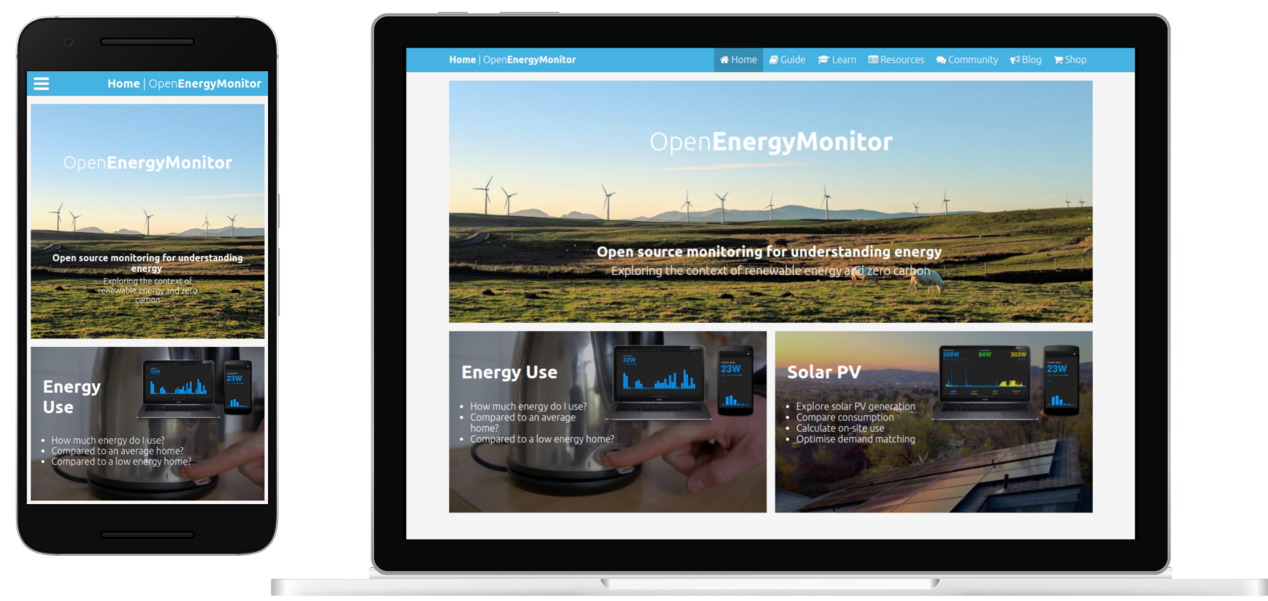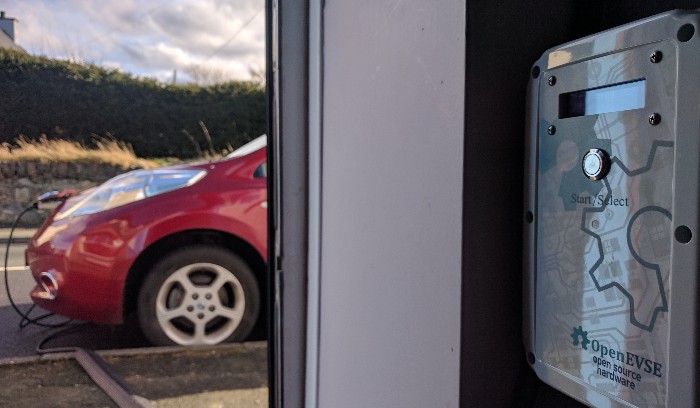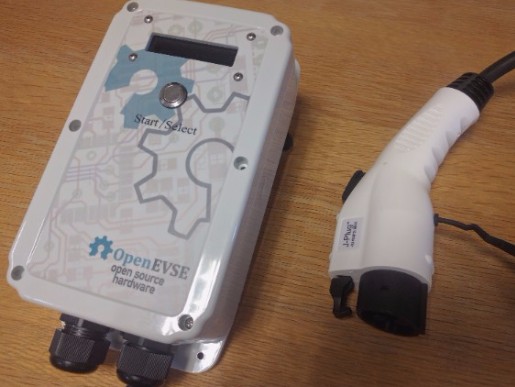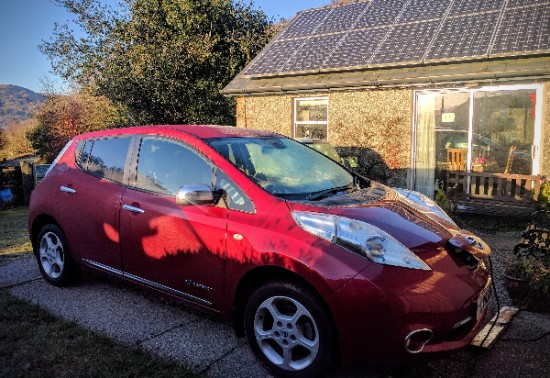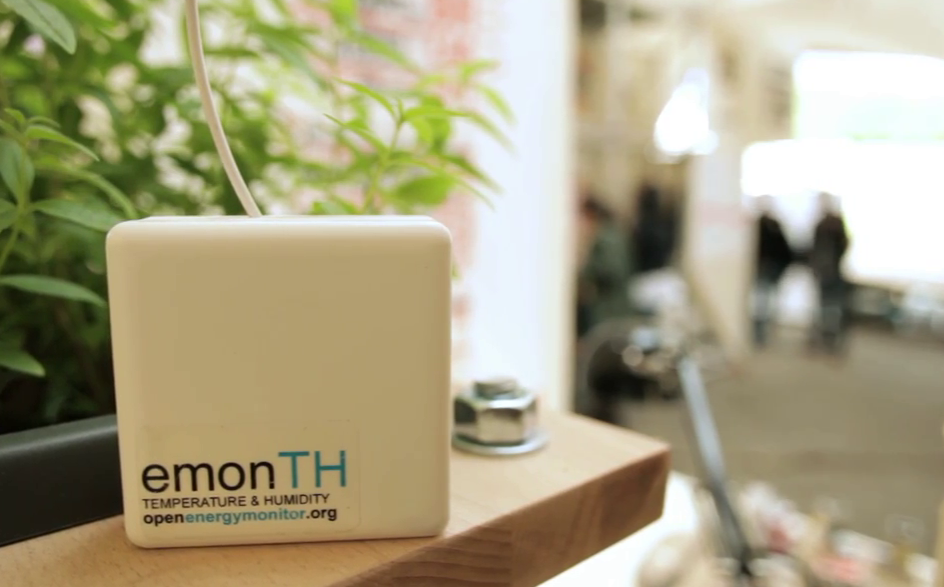Yesterday we have launched a significant update to the Emoncms Android app.
New features
1. Multiple emoncms accounts:
Monitor multiple Emoncms accounts, very useful for installers, power users etc. It’s also possible for these accounts to be on different Emoncms servers e.g. emoncms.org, emonPi, emonBase, yourawesomeserver.com etc. Additional account are easily added to the app using the built in QR code scanner and scanning the QR code on the ‘Account’ section of Emoncms.
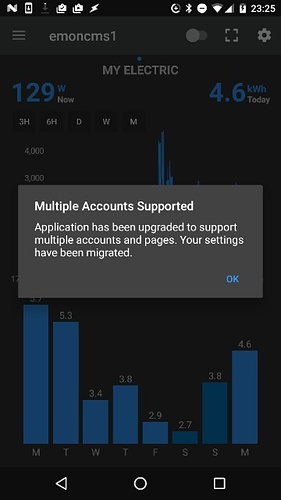
2. Multiple MyElectric graphs per account:
Useful to monitor more than one power feed: e.g. House consumption, Heat Pump consumption, Solar PV production, EV charging etc.


3. Multiple currency rates for each MyElectric graph:
e.g day rate / night rate, Economy7, solar PV FIT, hydro etc.
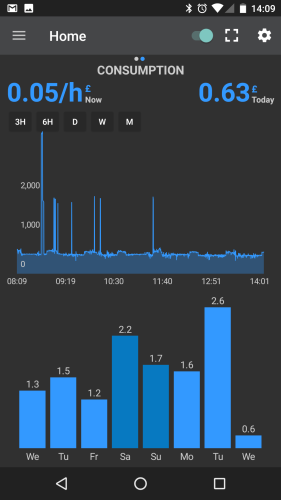
4. Language Translations:
French, German, Dutch, Italien and Spanish all rank among the top 5 for the Emoncms app in terms of active installs. We have now added the full native language support they deserve. Thanks a lot to the community for helping to proof and beta test. See bottom of this post for how to get involved.
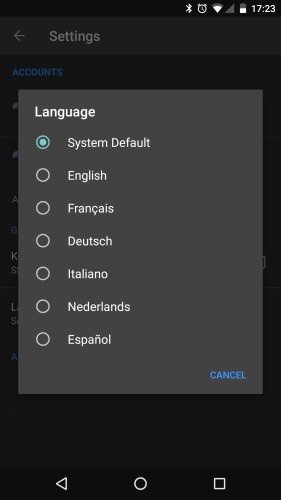
5. Chromebook support:
Many Chromebooks can now run native android apps, the Emoncms app works great on a Chromebook. It’s much quicker to load than the web version and does not require a login each time.
